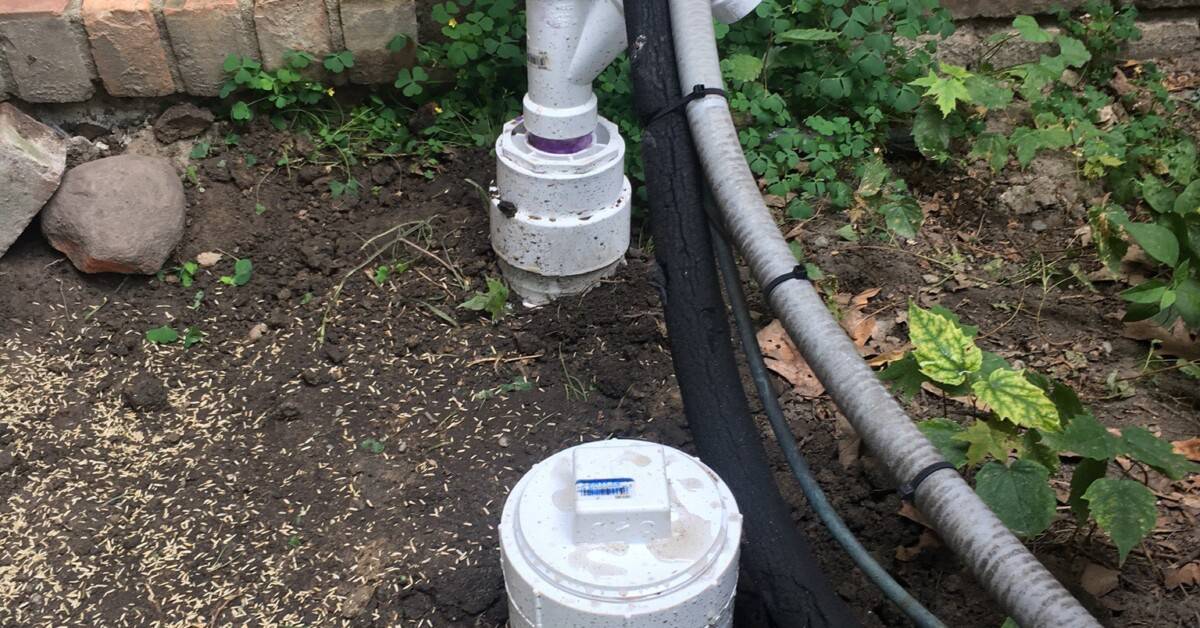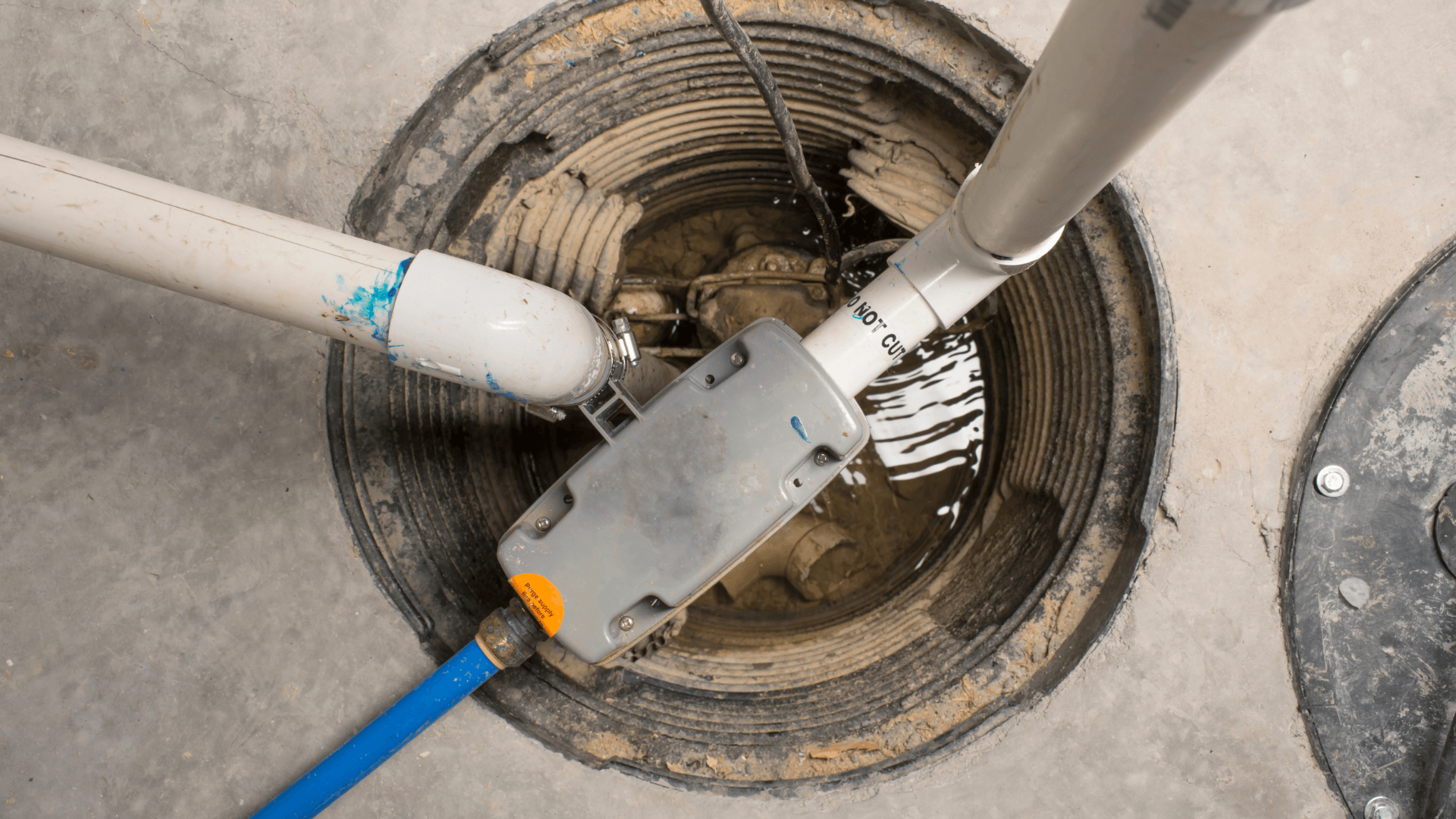My Guide to Properly Maintaining a Sump Pump
My Guide to Properly Maintaining a Sump Pump
Blog Article
The article which follows in relation to How To Effectively Clean A Sump Pump is highly informative. Don't miss out on it.

Sump pumps are critical elements in lots of homes, specifically in areas vulnerable to flooding or extreme wetness. They assist prevent water damages by successfully eliminating excess water from basements or crawl spaces. Nevertheless, like any other device, sump pumps need normal upkeep to guarantee they operate successfully when needed one of the most. Cleansing your sump pump is an essential part of its upkeep, and understanding exactly how to do it appropriately can save you from pricey repairs and potential catastrophes.
Introduction
Maintaining a clean sump pump is essential for its appropriate performance and long life. Overlooking this important task can result in obstructions, breakdowns, and ultimately, water damage to your residential property. Consequently, finding out exactly how to clean a sump pump is important for home owners who rely upon these gadgets to keep their basements dry and protected.
Understanding the Sump Pump
Before diving into the cleansing process, it's necessary to have a standard understanding of just how a sump pump functions. Usually mounted in a pit or container below the cellar flooring, a sump pump includes numerous essential parts, including a pump, a float button, and a discharge pipeline. When water builds up in the pit, the float switch activates the pump, which after that pumps the water out through the discharge pipe, away from the structure's structure.
Signs of a Dirty Sump Pump
Understanding when your sump pump requires cleansing is vital for avoiding prospective malfunctions. Some common indications that indicate an unclean sump pump include unusual sounds during operation, reduced water circulation, and noticeable debris in the pit. If you observe any one of these signs and symptoms, it's necessary to clean your sump pump without delay to stay clear of any kind of more issues.
Planning for Cleansing
Before you begin cleaning your sump pump, it's important to take some safety preventative measures. Start by turning off the power to the pump to prevent any kind of electric mishaps. Furthermore, put on appropriate protective equipment, such as handwear covers and safety glasses, to safeguard yourself from dirt, debris, and potential virus.
Detailed Overview to Cleansing a Sump Pump
Shutting Off the Power
Begin by disconnecting the power supply to the sump pump to avoid any accidents while cleansing.
Getting Rid Of Particles and Dust
Utilize a pail or an inside story to eliminate any noticeable debris, dust, or sediment from the sump pit. Dispose of the debris appropriately to avoid it from obstructing the pump or the discharge pipeline.
Cleaning the Pump and Float Switch Over
When the pit is free from particles, carefully get rid of the pump from the pit. Evaluate the pump and the float button for any type of indicators of damage or wear. Utilize a soft brush or fabric to clean up the surface areas and get rid of any accumulated crud.
Flushing the System
After cleaning the pump and float switch, purge the sump pit with tidy water to eliminate any type of continuing to be dust or debris. This will certainly help ensure that the pump runs smoothly and successfully.
Looking For Correct Performance
Before re-installing the pump, carry out a fast test to make sure that the float button turns on the pump properly. Put some water right into the sump pit and observe the pump's operation. If whatever is operating properly, you can rebuild the pump and reconnect the power supply.
Upkeep Tips to Keep Your Sump Pump Clean
In addition to regular cleaning, there are a number of maintenance ideas you can comply with to keep your sump pump in ideal condition:
Conclusion
Cleaning your sump pump is a critical aspect of its maintenance and makes certain that it runs efficiently when you need it the most. By complying with the actions outlined in this overview and including normal upkeep right into your routine, you can expand the life expectancy of your sump pump and secure your home from water damages.
6 STEPS ON HOW TO CLEAN A SUMP PUMP PROPERLY
UNDERSTANDING SUMP PUMPS
Your sump pump plays a crucial role in protecting your home by managing and removing excess water. It primarily functions as a “shield”, guarding your basement against the damaging effects of water accumulation. The pump is housed in a sump pit in the lowest part of your basement, and its job is to pump out any water that collects there.
During heavy rainfalls or when snow melts rapidly, water can infiltrate your basement, posing potential risks like flooding, structural damage, and harmful mold growth. Here, the sump pump springs into action, pumping out the intruding water and directing it away from your home.
SAFETY FIRST
Before cleaning, remember to prioritize safety. Disconnect the sump pump from the power source to prevent any accidental electric shocks. Also, wear sturdy gloves to protect your hands from any sharp or dirty components within the pump.
REMOVE THE SUMP PUMP
After ensuring your safety, the next step is to remove the sump pump from its pit. Doing this might require careful maneuvering as you don’t want to damage any pump components. Once removed, clean the sump pit to remove any accumulated debris or sludge.
INSPECT THE PUMP
Inspect the pump for any visible signs of wear or damage. Check the power cord, float switch, and impeller housing. If any components look worn out or damaged, consider replacing them to ensure optimal performance.
CLEAN THE PUMP
Thoroughly clean the pump with warm, soapy water. Make sure to rid it of any dirt, gravel, or other debris that might impede its performance. You can use a toothbrush to clean the small, hard-to-reach parts of the pump.
REINSTALL THE SUMP PUMP
Reinstall the pump into the sump pit Make sure it’s positioned correctly to remove the water effectively Once it’s back in place, reconnect it to the power source TEST THE PUMP
Finally, pour some water into the pit to ensure the pump works correctly. It should start automatically and begin pumping out the water; if it doesn’t, check the power source and the positioning of the pump.
Remember, while cleaning your sump pump is an essential part of home maintenance, hiring a professional plumber for a thorough inspection and cleaning at least once a year is also important. This will ensure that your pump is in optimal condition, ready to protect your home from potential water damage.
BEST PRACTICES FOR CLEANING SUMP PUMP DISCHARGE PIPES
Regular Inspection: Regularly inspect your discharge pipes, especially during heavy rainfall or snowmelt periods. Look for any signs of blockage or damage. Early detection of problems can prevent serious issues down the line. Periodic Cleaning: Over time, sediment and debris can accumulate in the discharge pipes, impeding the flow of water. Regular cleaning helps keep the pipes clear and functioning efficiently. You can use a high-pressure water jet to effectively clean the pipes. Insulation During Winter: In colder climates, discharge pipes can freeze, blocking the outflow of water. Protect your discharge pipes from freezing temperatures by insulating them with foam pipe insulation. This will ensure the sump pump can continue to discharge water even in freezing conditions. Proper Positioning: The discharge pipe should be positioned to direct water away from your home’s foundation. Improper positioning can lead to water seeping back into the basement. Ensure the pipe is long enough and angled correctly. Installation of a Check Valve: A check valve prevents water from flowing back into your sump pit after the pump has pushed it out. Installing a check valve helps maintain the efficiency of your sump pump and reduces the risk of flooding. Minimize Pipe Turns: Every curve or turn in the discharge pipe can decrease the efficiency of water flow. By minimizing turns and bends in your discharge pipe, you can increase the efficiency of your sump pump. https://www.fullspeedplumbing.com/how-to-clean-a-sump-pump-properly9999/

Do you enjoy reading about Steps to Cleaning Your Sump Pump Properly? Create a remark down below. We would be delighted to listen to your thinking about this content. We are looking forward to see you back again soon. So long as you enjoyed reading our blog entry plz remember to share it. I truly appreciate reading our article about How to Care for Your Sump Pump.
Call Today Report this page